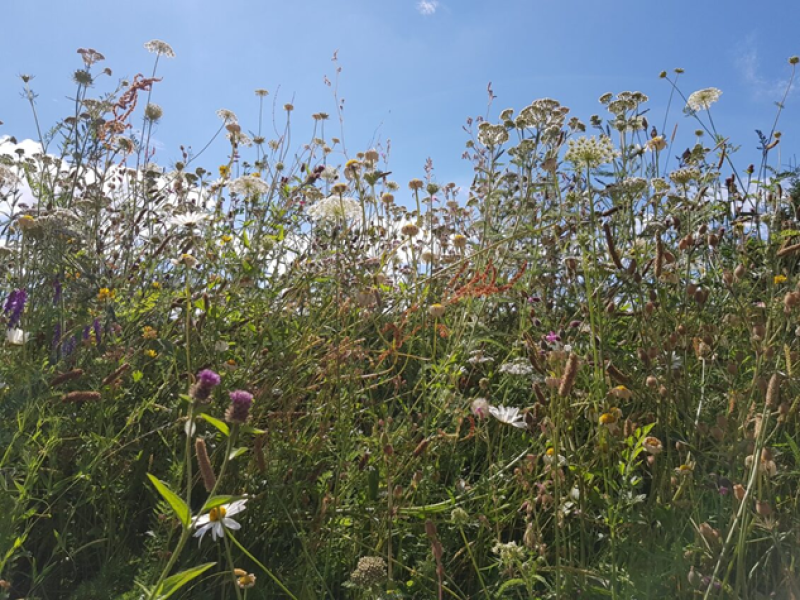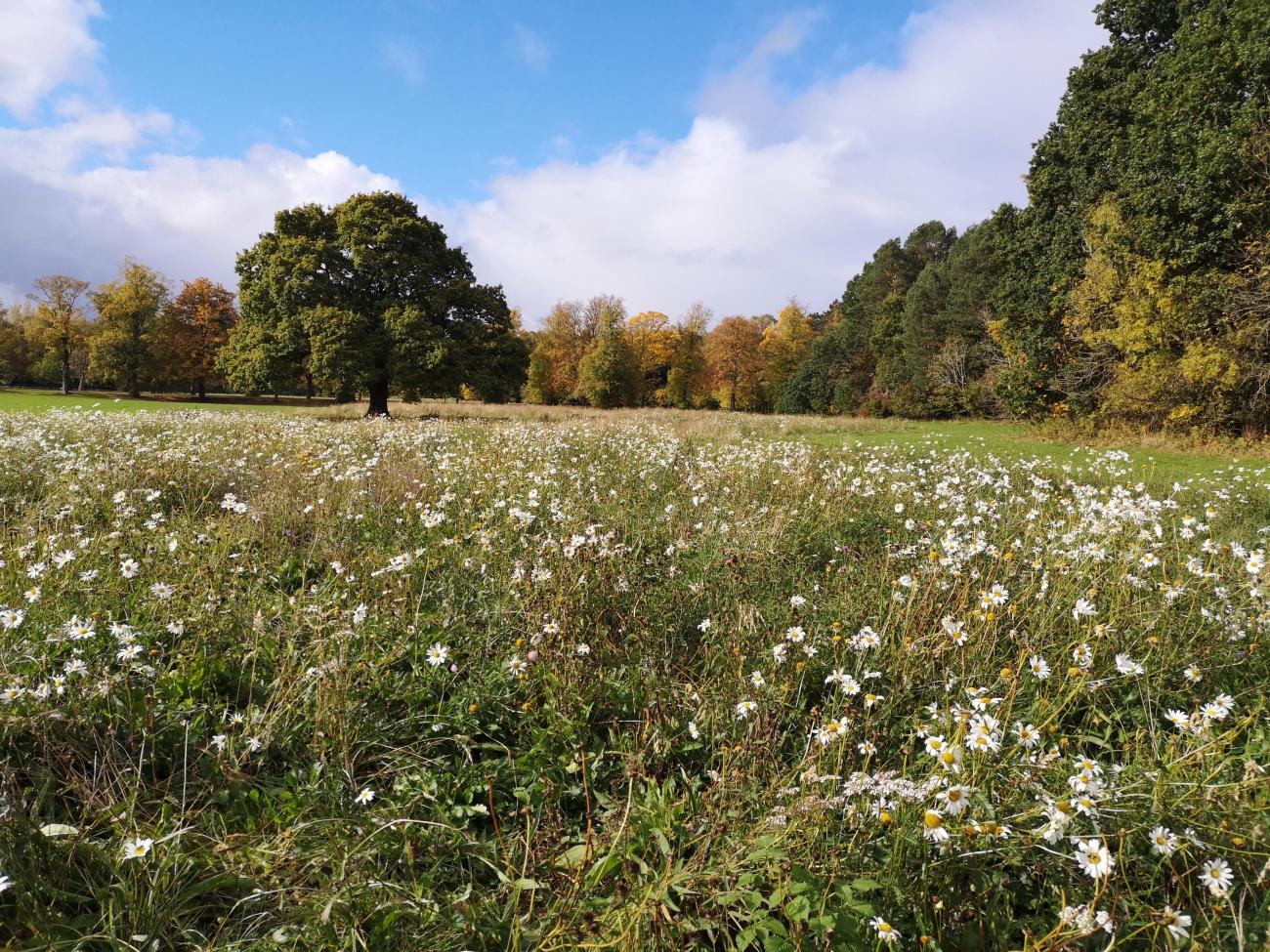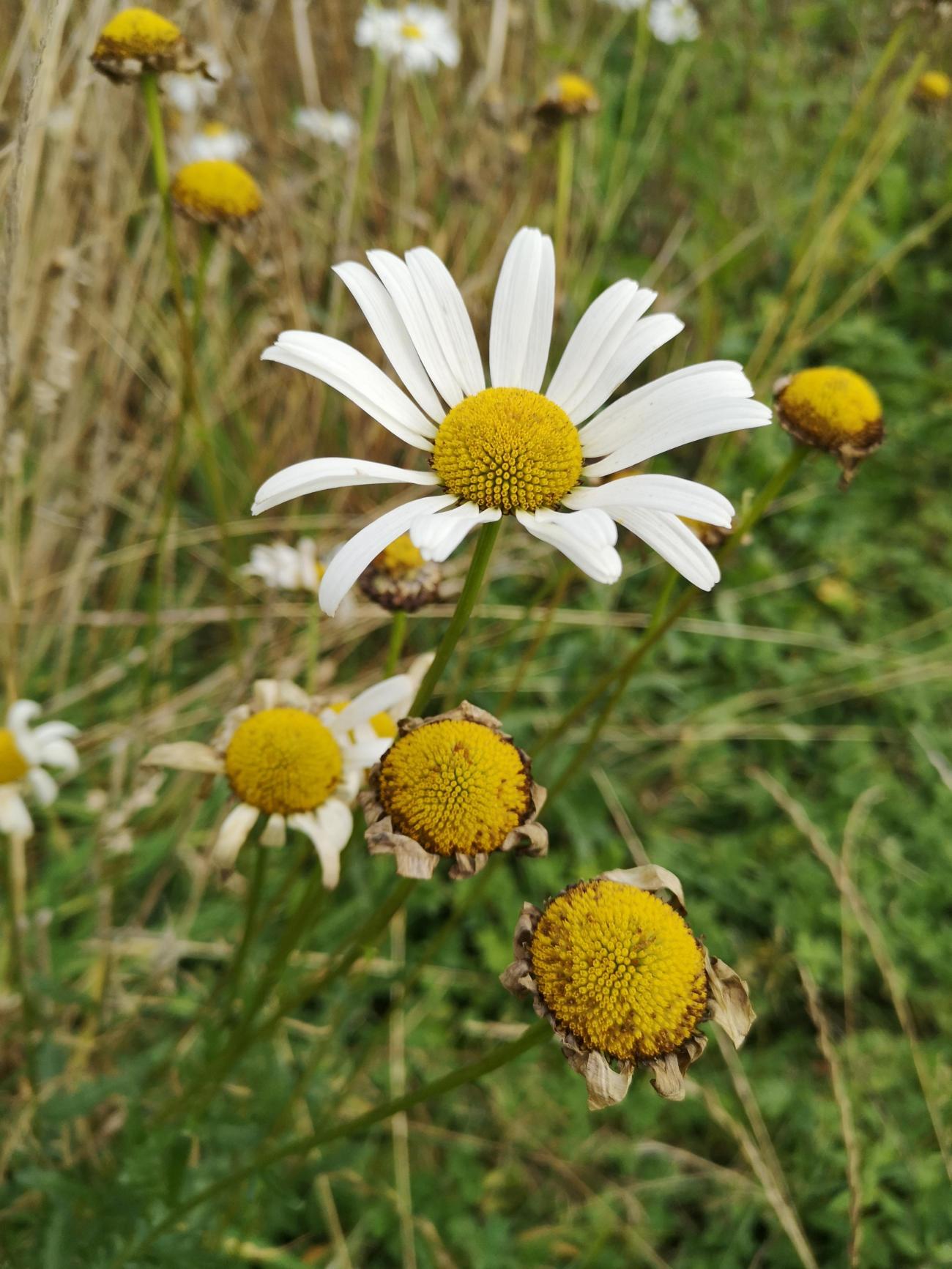Contents
Biodiversity globally and in Scotland is in real trouble. Our efforts to address the crisis to date have generated some lessons and local successes, but we urgently need to accelerate and scale up those efforts to drive landscape scale recovery.
The North Lanarkshire Biodiversity Action Plan sets out how this can be achieved locally and is guided by the Scottish Biodiversity Strategy.
One of the habitats we are working to restore are wildflower meadows. Wildflower meadows support pollinators such as bees, butterflies, and moths, as well as birds, bats and other mammals that love this habitat.

Wildflower meadows are one of the rarest habitats in the UK. We have lost 97% of our wildflower meadows since the 1930s. When wildflower meadows vanish so do pollinators, as well as other insects, and animals that eat insects, such as birds, hedgehogs, and bats. Grassland soils also provide us with useful ecosystem services by storing carbon, locking up harmful pollutants, water retention to reduce flooding and habitat for crop pollinators.
It is vitally important that communities and organisations work together to return wildflower meadows to our landscape.
At present the following projects are involved in the creation of species-rich grassland. These projects will create steppingstones to enhance urban habitat connectivity:
- Mega flora project
- Native wildflowers in our Town Parks
- Participatory Budgeting Habitat Enhancement Project


